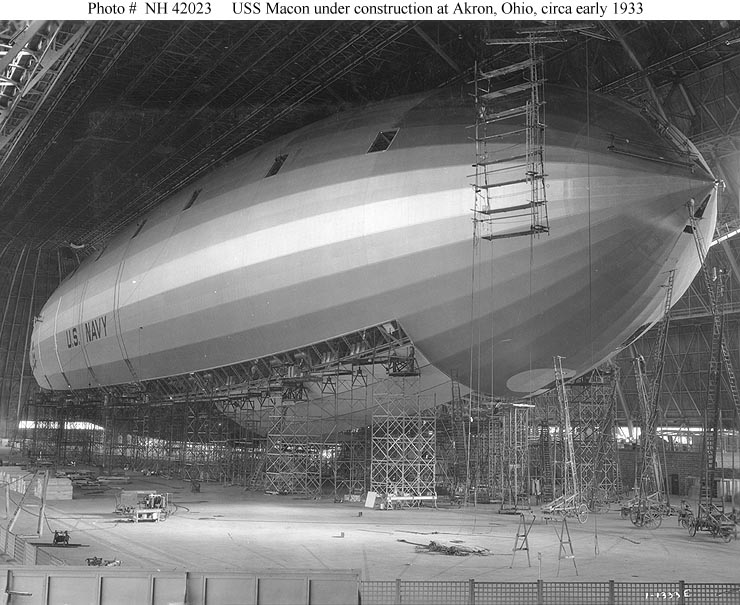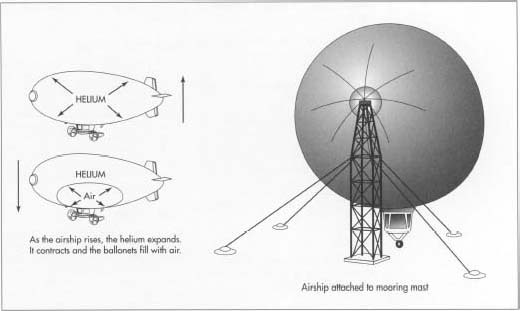Types of Airship

Rigid airships have a rigid internal framework to retain their envelope shape. The infamous LZ 129 Hindenburg airship which caught fire just before landing in 1937 was an example of this type of airship. In general, rigid airships have a good weight to volume ratio only when their length exceeds around 120 m. The solid internal framework is considered too heavy for a small rigid airship. The use of composite material can perhaps mitigate this shortcoming. With the advancement of material technology, materials that are capable of withstanding heavy aerodynamic loads while being lightweight, this evolution is just some years away.
Semi-rigid airships were more popular earlier this century. They usually comprise a rigid lower keel construction and a pressurized envelope above that. The rigid keel can be attached directly to the envelope or hung underneath it. The airships of Brazilian aeronaut Alberto Santos-Dumont were of this type. One of the most famous airships of this type was Italia, used by General Umberto Nobile in his attempt to reach the North Pole.

Non-rigid airships, also known as Blimps, are the most common type nowadays. They are large gas balloons whose shape is maintained only by their internal overpressure. The only solid parts are the passenger car and the tail fins. All the airships currently flying for advertisement purposes are of this type; the Goodyear Blimps, the Budweiser and the Metlife Blimps in the USA, and the Fuji Blimp in Europe.

